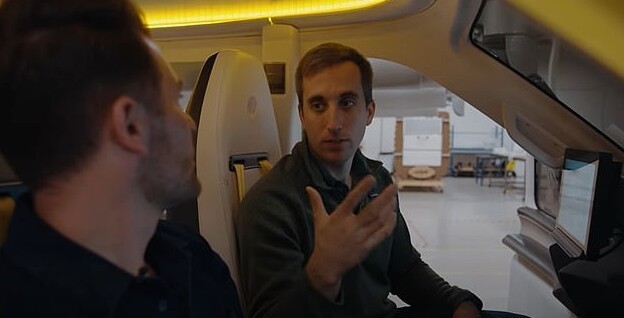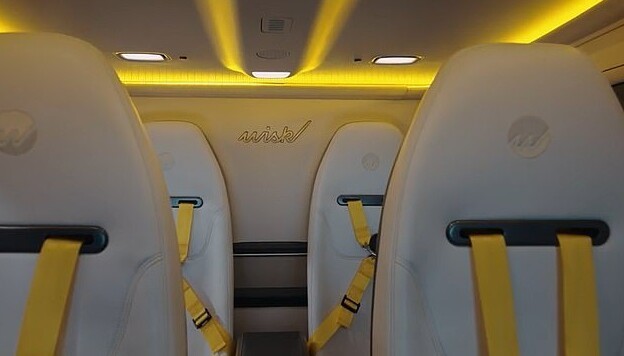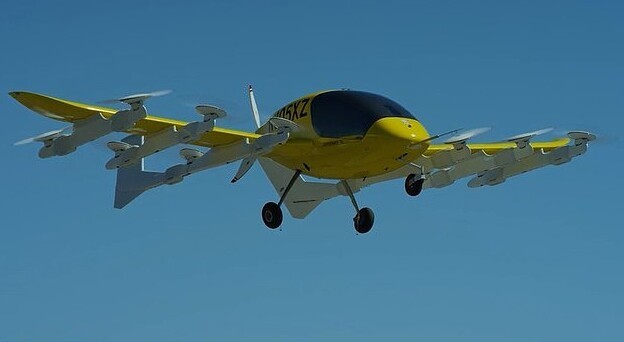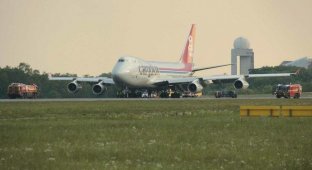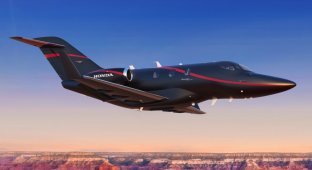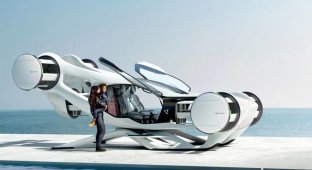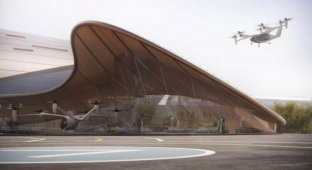The startup created the first unmanned air taxi (7 photos + 1 video)
Flying a passenger unmanned aircraft may seem impossible for now, but it could well be the future of air travel. Air taxi Wisk Aero is an all-electric unmanned air taxi with vertical take-off and landing. 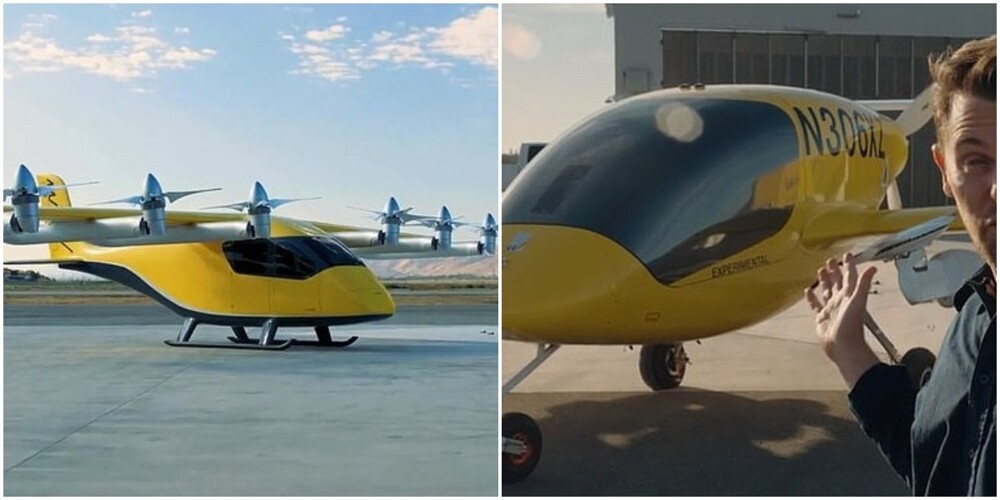
Boeing's Wisk Aero has unveiled the world's first unmanned air taxi. Their first model, the Wisk Air Taxi Gen 6, will hit the market in a few years. The company plans to first obtain approval from the Federal Aviation Administration (FAA) and then bring the aircraft to market for passenger transport. The company will also provide air taxi services in densely populated cities. A unique feature of such an aircraft is its vertical take-off and landing (eVTOL) system, which is just right for flying in an urban environment. 
Nicky Kelvin, editor-in-chief of The Points Guy, went behind the scenes at Wisk Aero's Mountain View headquarters to learn more about the revolutionary aircraft. He made a whole video report where he showed the new model inside and out. When asked how safe such aircraft are, the CEO of Wisk Aero said that engineers have to adhere to strict safety protocols:
"These aircraft are designed to operate close to where people live. We design the aircraft with a safety target that is very similar to what you see in large commercial aircraft," says Brian Yutko, director of Wisk Aero. 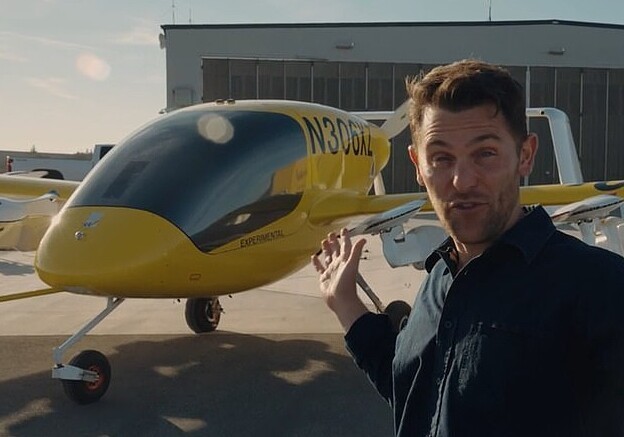
Since 2010, the company has developed a number of air taxi prototypes and conducted more than 1,750 test flights. Although there is no pilot inside, not everything is built on automation alone: Wisk Aero has a center for ground staff to maintain the aircraft. From there, dispatchers monitor the flight and control the air taxi. One controller can control several aircraft at once. 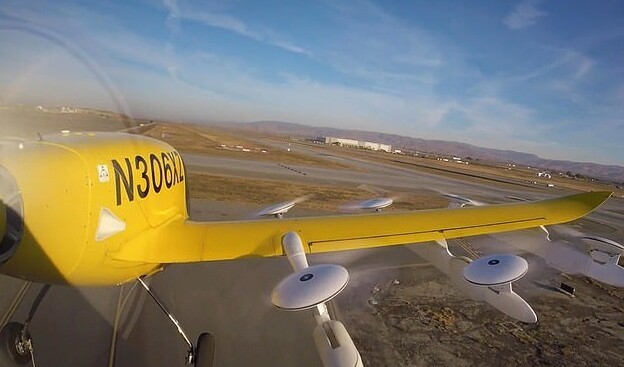
According to the designers who designed the interior of the air taxi, they tried to create an environment that would “calm” the passenger in the absence of the on-board crew and pilot. The shapes of the chairs, colors, materials and finishes were taken into account. There is a video interface inside the plane. By clicking the "Help" button, passengers see information about where they are now and where they are going. 